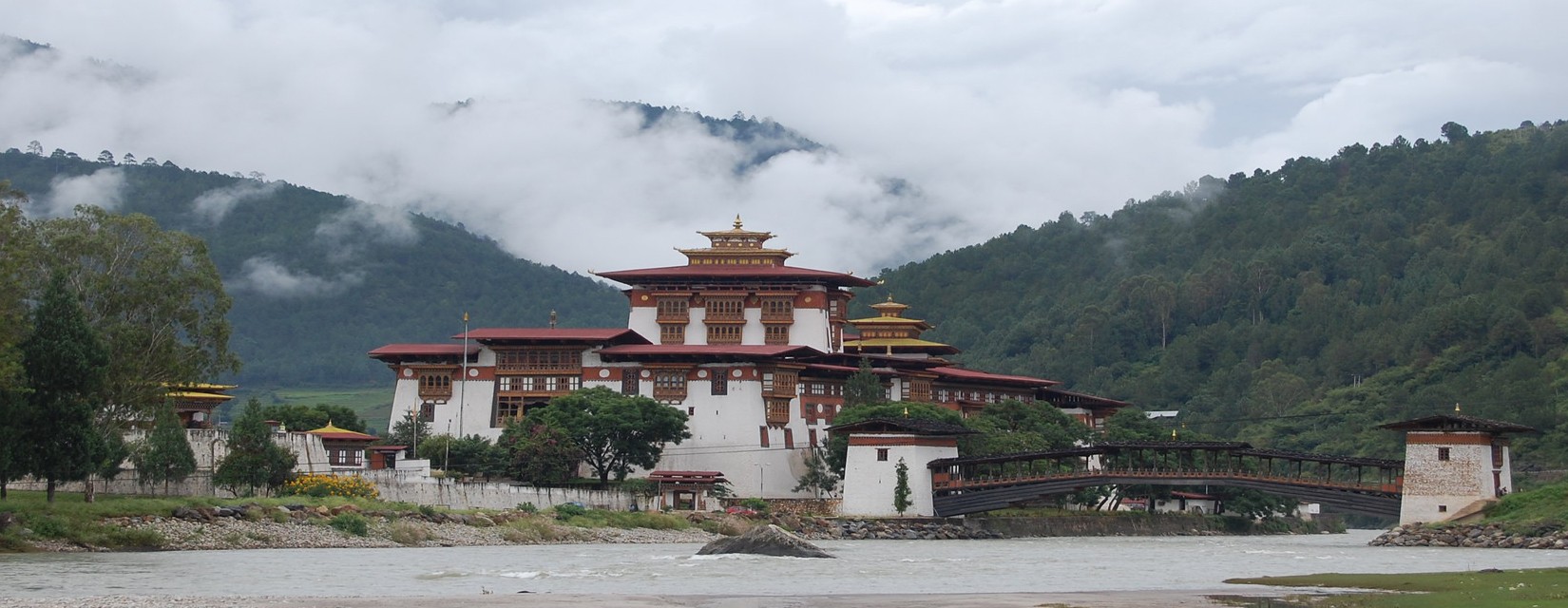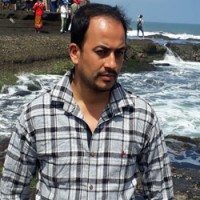About Bhutan 4 Nights 5 Days Tour | Explore Paro, Thimphu & Punakha
Bhutan 4 Nights 5 Days Tour Cost | Itinerary
The Bhutan 4 Nights 5 Days Tour is one of the most enchanting short journeys to explore the mystical Himalayan kingdom, offering an unforgettable experience of Bhutan’s rich culture, serene monasteries, and breathtaking landscapes. This perfectly curated itinerary by Himalayan Asia Treks takes you through the cultural heart of Bhutan — Paro, Thimphu, and Punakha — showcasing iconic landmarks like the Tiger’s Nest Monastery (Paro Taktsang), Punakha Dzong, and Buddha Dordenma. Ideal for travelers seeking a blend of spiritual exploration and scenic beauty, this Bhutan Tour Package captures the essence of the Land of the Thunder Dragon within just five days. Whether you’re a nature lover, culture enthusiast, or photography seeker, the Bhutan 4 Nights 5 Days Tour promises an immersive Himalayan adventure filled with peace, purity, and timeless charm.
Your tour begins in Paro, a picturesque valley surrounded by lush terraced fields and dotted with charming farmhouses. The Paro Airport, famously considered one of the world's most challenging to land in. The city offers an exhilarating entry into the country. You'll be greeted by the stunning sight of Paro Taktsang, or the Tiger's Nest Monastery. The monastery perched precariously on a cliff face. Hiking to this sacred site is a highlight of the trip. The hiking is providing not only a breathtaking view but a glimpse into Bhutan's spiritual heart.
From Paro, your journey continues to the capital city, Thimphu. The city is a bustling yet uniquely charming city where ancient traditions and modern development coexist harmoniously. Here, Travellers visit iconic landmarks like the Tashichho Dzong, the National Memorial Chorten, and the Giant Buddha Statue, which stands tall, offering panoramic views of the city.
The next step of your tour takes you to Punakha, the former capital of Bhutan. The city is picturesque Punakha Dzong, situated at the confluence of the Pho Chu and Mo Chu rivers. The journey to Punakha itself is a scenic delight. We pass through the verdant Dochu La Pass with stunning views of the Himalayan range. The lush landscapes and serene ambiance of Punakha will leave you in awe. The place provides ample opportunities for cultural exploration and leisurely strolls along the countryside.
The final destination on this adventure is Wangdue Phodrang. The picturesque valley where you can explore the local market and enjoy the tranquil surroundings before heading back to Paro for your departure. Throughout your Bhutan tour, Himalayan Asia Treks ensures that you're not just a tourist but a traveler, immersing you in the local culture. The tours allows you to partake in traditional rituals and savoring Bhutanese cuisine that will tantalize your taste buds.
With its unspoiled natural beauty, rich cultural heritage, and commitment to preserving its traditions. Bhutan is a destination that feels like a well-preserved secret. The 4 Nights / 5 Days Bhutan Tour with Himalayan Asia Treks offers an incredible opportunity. Via this tour to experience the essence of this Himalayan kingdom, leaving you with indelible memories and a profound appreciation for the unique charm that is Bhutan. It's a journey that not only broadens your horizons but also touches your soul, making it an unforgettable adventure of a lifetime.
How much does 5 days in Bhutan cost?
The cost for a 5-day trip to Bhutan typically varies depending on the season, type of accommodation, and activities included. The Bhutanese government has implemented a Sustainable Development Fee (SDF) of USD 100 per person per night. In addition to the SDF, other costs include accommodation, meals, guide services, and transportation. On average, a 5-day trip can cost between USD 900 to 1,500 per person, which includes the SDF and all other expenses.
Is 4 days enough for Bhutan?
While 4 days is relatively short, it can be sufficient to experience some of Bhutan's highlights. In a 4-day itinerary, you could visit Thimphu (the capital), Paro (home to the famous Tiger's Nest Monastery), and perhaps Punakha (known for its beautiful dzong). However, a longer stay allows for a more relaxed pace and a deeper exploration of Bhutan's culture and natural beauty.
Is Bhutan cheap or expensive?
Bhutan is generally considered expensive due to the mandatory SDF of USD 100 per person per night for tourists. The extra cost for accommodation, meals, a licensed guide, and transportation within the country around USD115 minimum for minimum 02 person . Although the daily fee may seem high, it helps Bhutan manage tourism sustainably and maintain its pristine environment and culture.
How much do you have to spend per day in Bhutan?
The daily expenditure in Bhutan is largely dictated by the SDF of USD 215 per person per night. This fee covers most of the essential expenses such as accommodation, meals, guide services, and transportation. Additional costs may include personal expenses like souvenirs, tips, and optional activities. Overall, you can expect to spend around USD 200 to 250 per day per person in Bhutan.
Places to Visit in Bhutan
1. Paro
Paro is one of the most picturesque towns in Bhutan, known for its scenic beauty, rich history, and cultural significance. It is home to Bhutan's only international airport and serves as a gateway for travelers entering the country.
Key Attractions in Paro:
- Rinpung Dzong: Also known as "Fortress of the Heap of Jewels," this dzong is a fine example of Bhutanese architecture and is an important religious and administrative center.
- Paro Taktsang: Commonly known as the Tiger's Nest Monastery, it is one of Bhutan's most iconic landmarks.
- National Museum of Bhutan: Housed in the Ta Dzong, this museum offers a comprehensive overview of Bhutan's history and culture.
- Kyichu Lhakhang: One of the oldest temples in Bhutan, believed to have been built in the 7th century.
2. Taktsang Monastery (Tiger Nest Monastery)
Taktsang Monastery, popularly known as the Tiger’s Nest, is perched on a cliffside about 900 meters above the Paro Valley. It is one of the most famous and sacred sites in Bhutan.
Highlights:
- Spiritual Significance: It is believed that Guru Rinpoche (Padmasambhava) flew to this location on the back of a tigress and meditated in the cave where the monastery now stands.
- Breathtaking Views: The hike to the monastery offers spectacular views of the Paro Valley and the surrounding mountains.
- Architecture: The monastery complex is a marvel of Bhutanese architecture, blending seamlessly with the natural rock formations.
3. Thimphu
Thimphu is the capital city of Bhutan and the largest city in the country. It is the political and economic hub of Bhutan, blending modern development with traditional Bhutanese culture.
Key Attractions in Thimphu:
- Tashichho Dzong: This impressive fortress-monastery houses the throne room and offices of the king, the secretariat, and the ministries of home affairs and finance.
- Buddha Dordenma: A massive statue of Shakyamuni Buddha located atop a hill in Kuenselphodrang Nature Park, offering panoramic views of the Thimphu Valley.
- Memorial Chorten: Built in memory of the third king, Jigme Dorji Wangchuck, this chorten is a prominent religious site.
- Folk Heritage Museum: A traditional Bhutanese farmhouse that provides insights into Bhutanese rural life.
- National Library: Home to an extensive collection of Buddhist manuscripts and books on Bhutanese culture.
4. Punakha
Punakha, the former capital of Bhutan, is a serene town known for its stunning scenery and historical significance. It is located at the confluence of the Pho Chhu and Mo Chhu rivers.
Key Attractions in Punakha:
- Punakha Dzong: Often considered the most beautiful dzong in Bhutan, it is also known as the "Palace of Great Happiness." It serves as the winter residence of the central monastic body and houses sacred relics.
- Punakha Suspension Bridge: One of the longest suspension bridges in Bhutan, offering spectacular views of the river and surrounding landscapes.
- Chimi Lhakhang: Also known as the "Fertility Temple," it is dedicated to Lama Drukpa Kunley, who is also known as the "Divine Madman." It is believed to bless couples seeking fertility.
- Khamsum Yulley Namgyal Chorten: A majestic chorten built to bring peace and prosperity to Bhutan, offering breathtaking views of the Punakha Valley.
These destinations in Bhutan offer a unique blend of natural beauty, spiritual significance, and cultural richness, making them must-visit places for any traveler exploring this enchanting kingdom.



